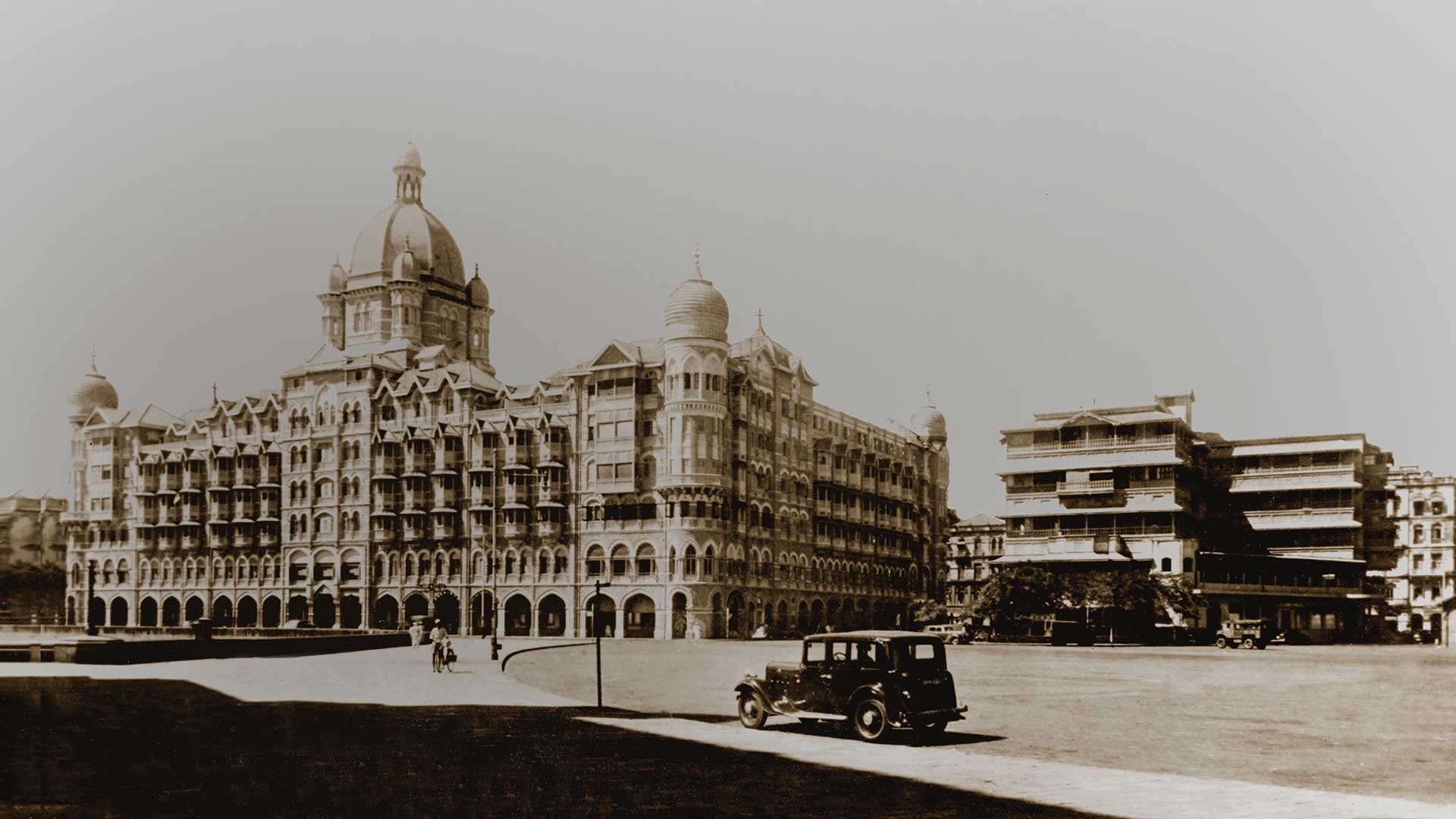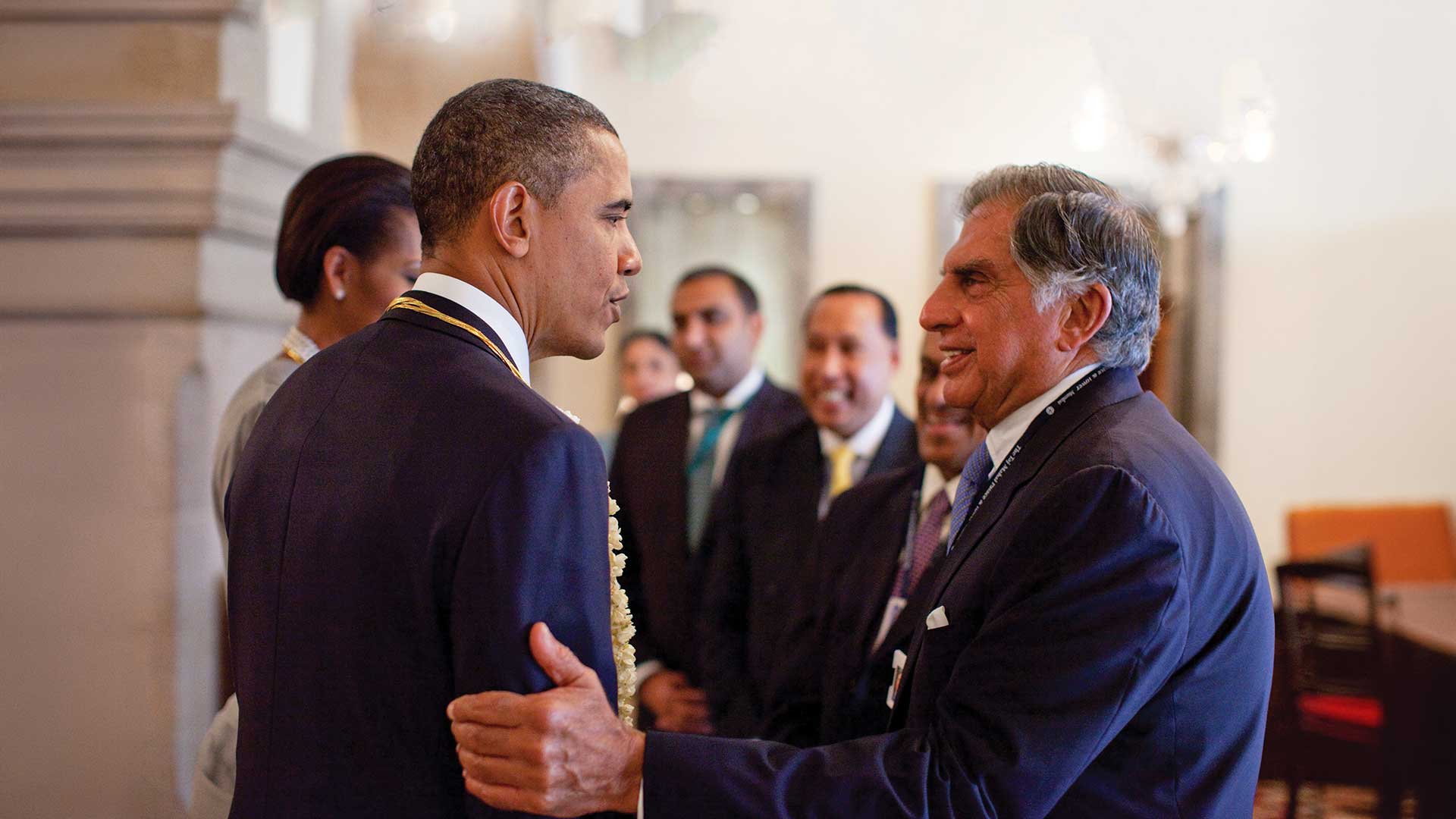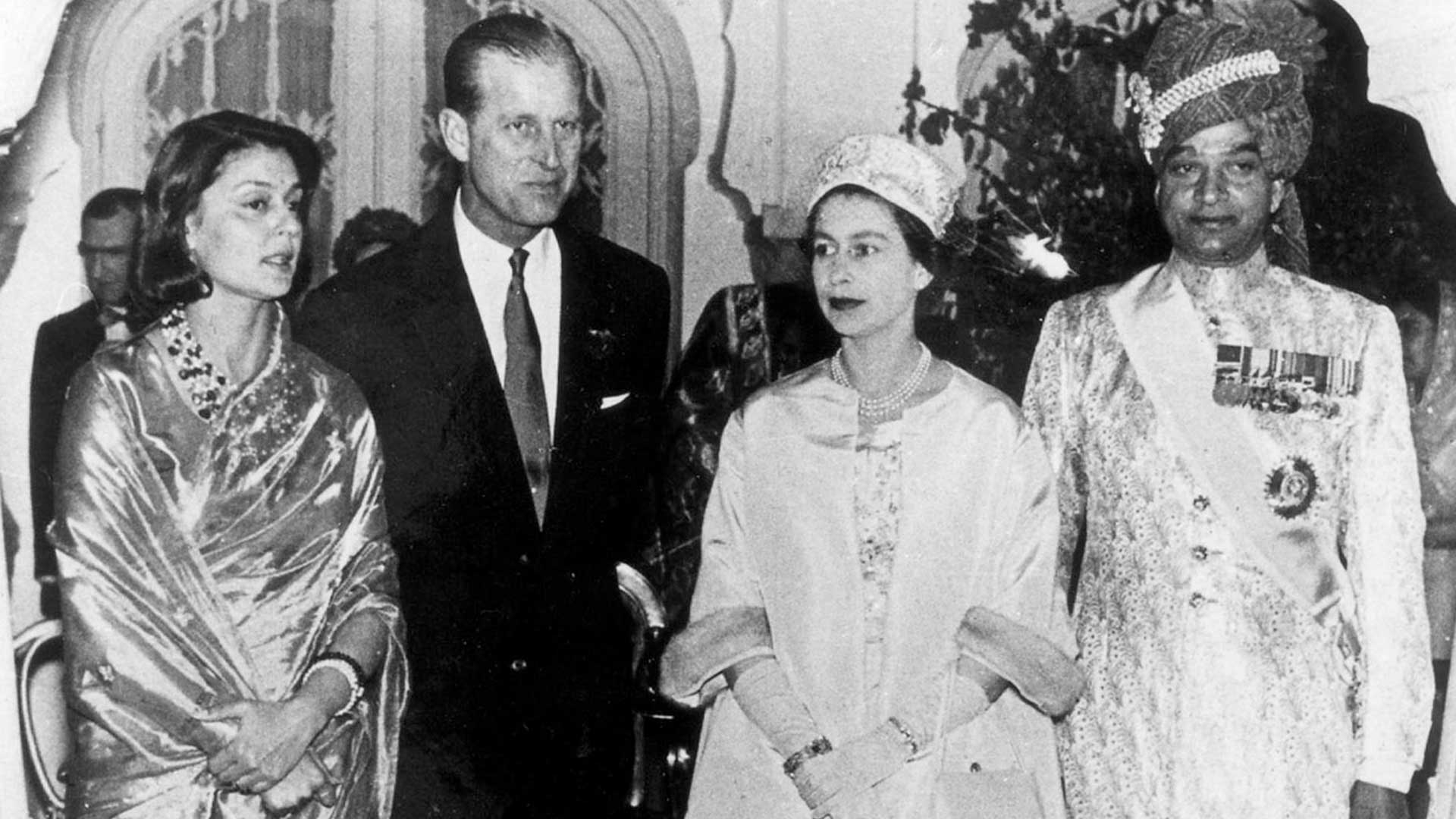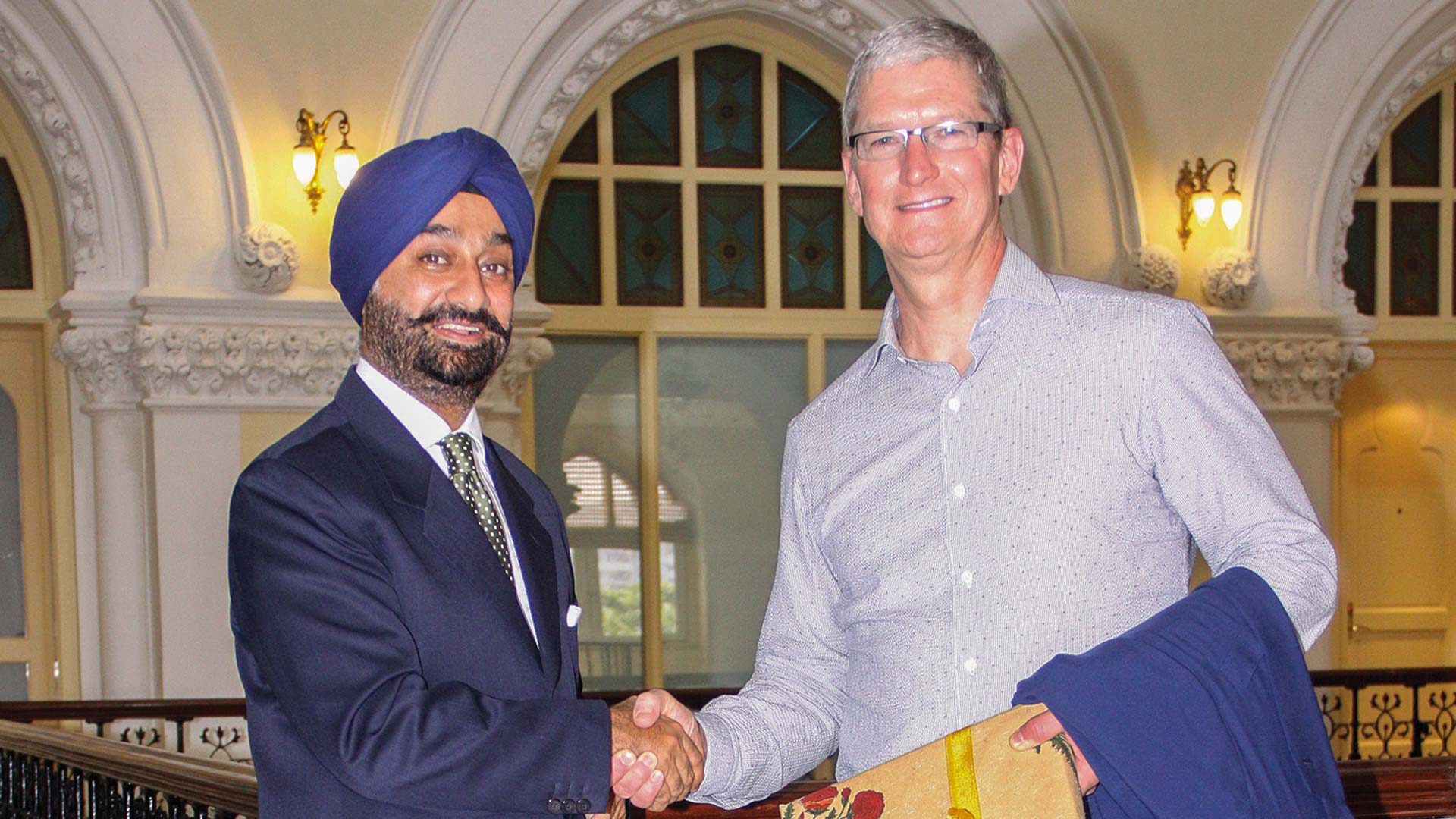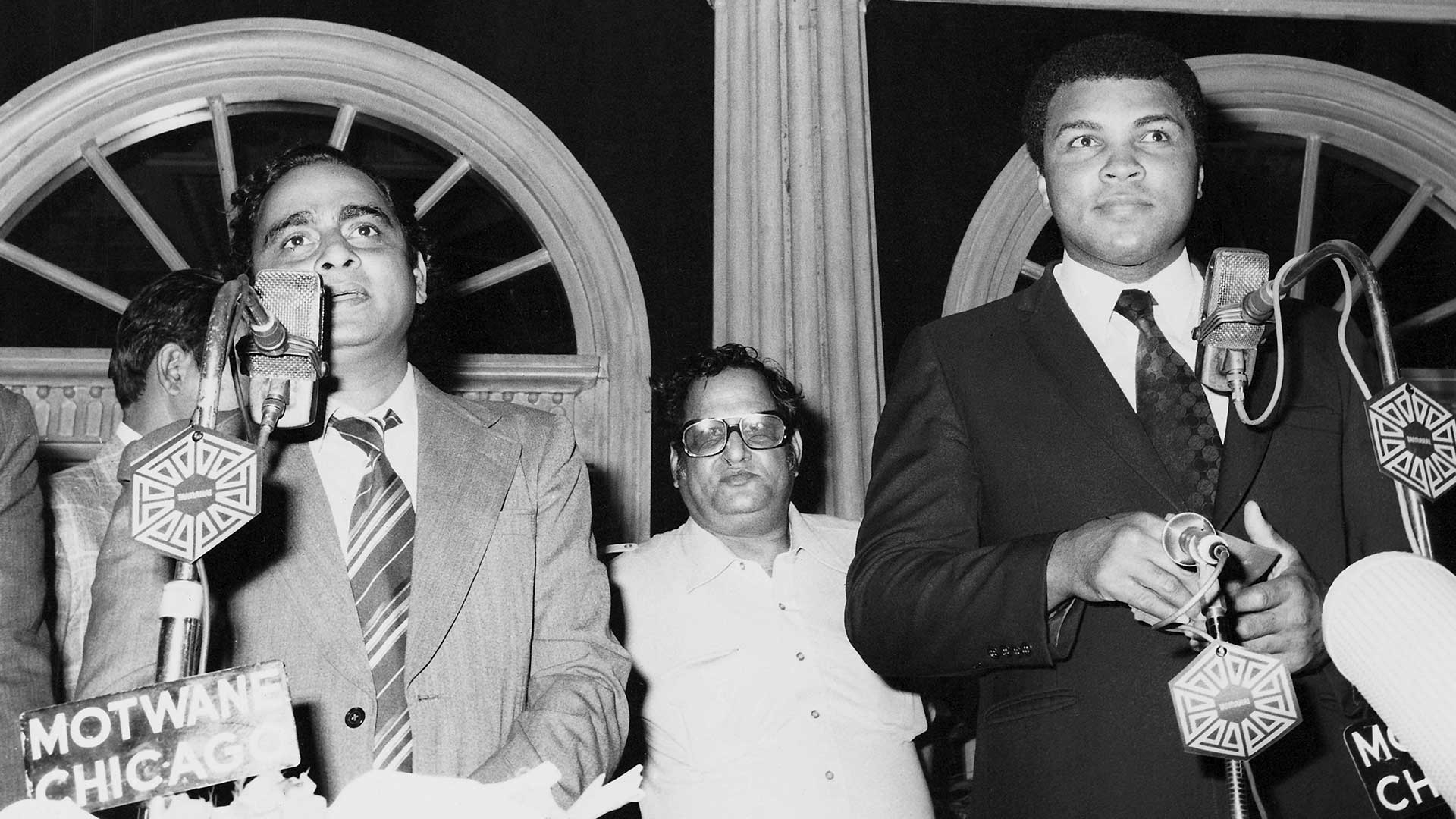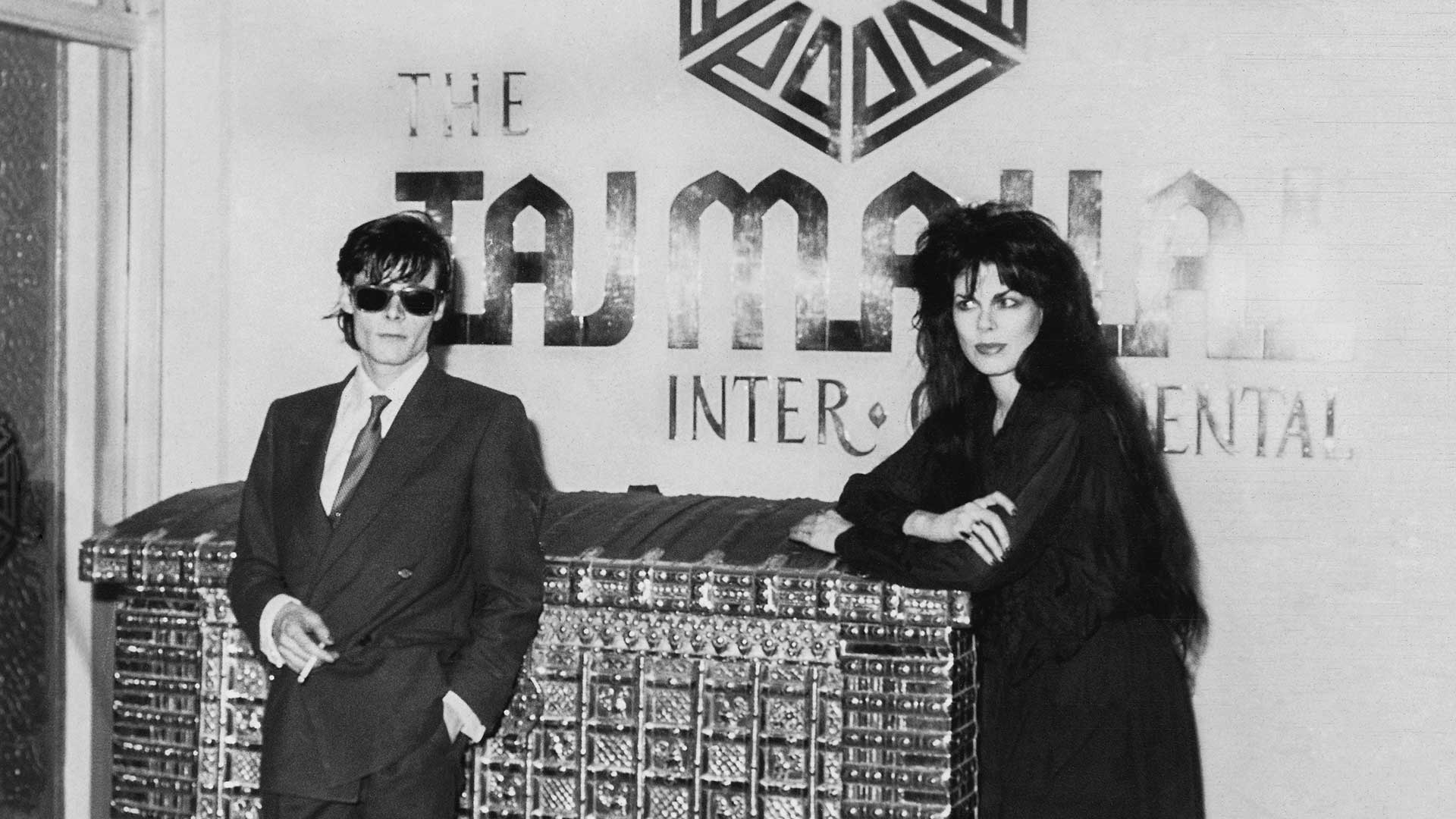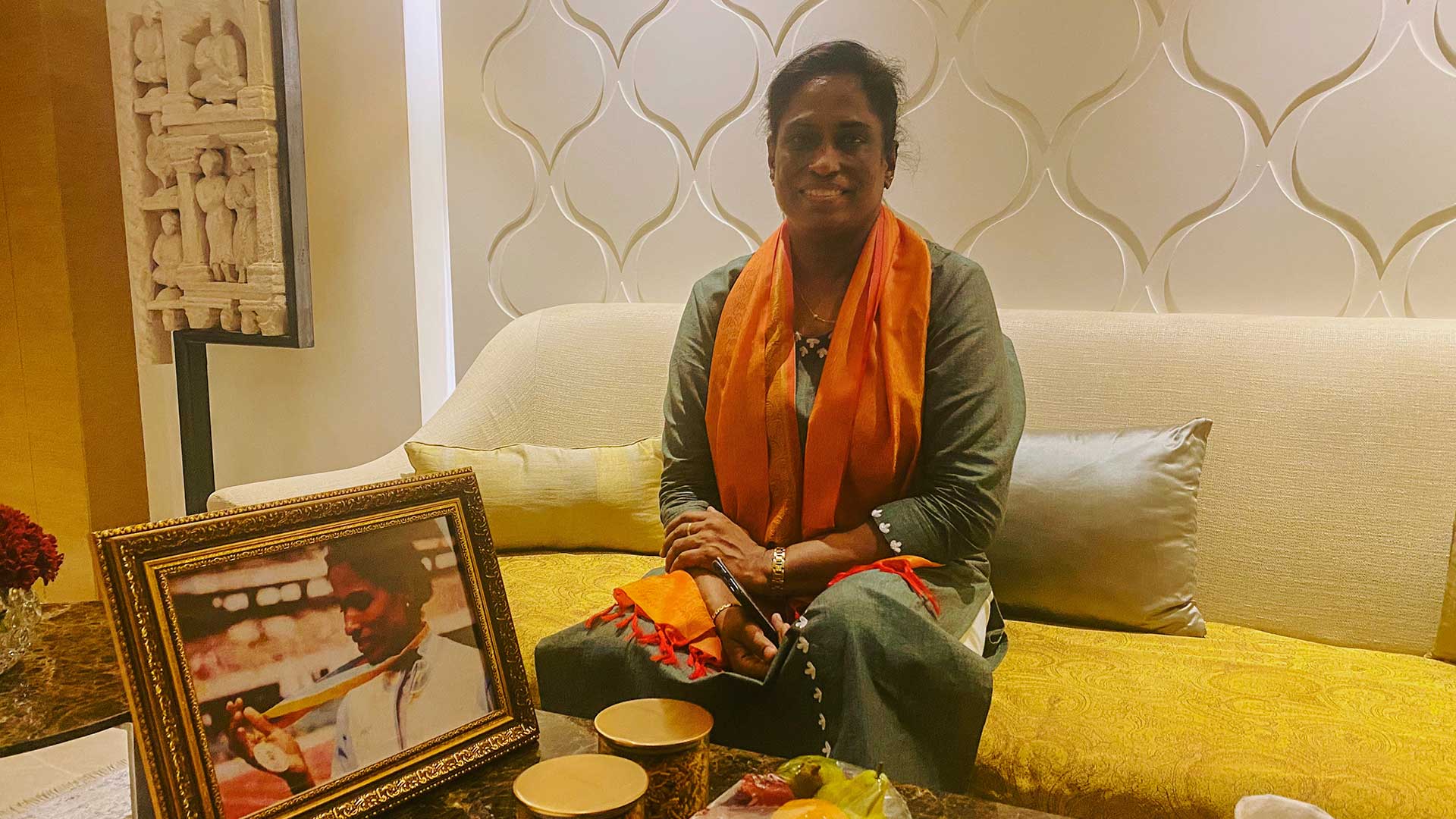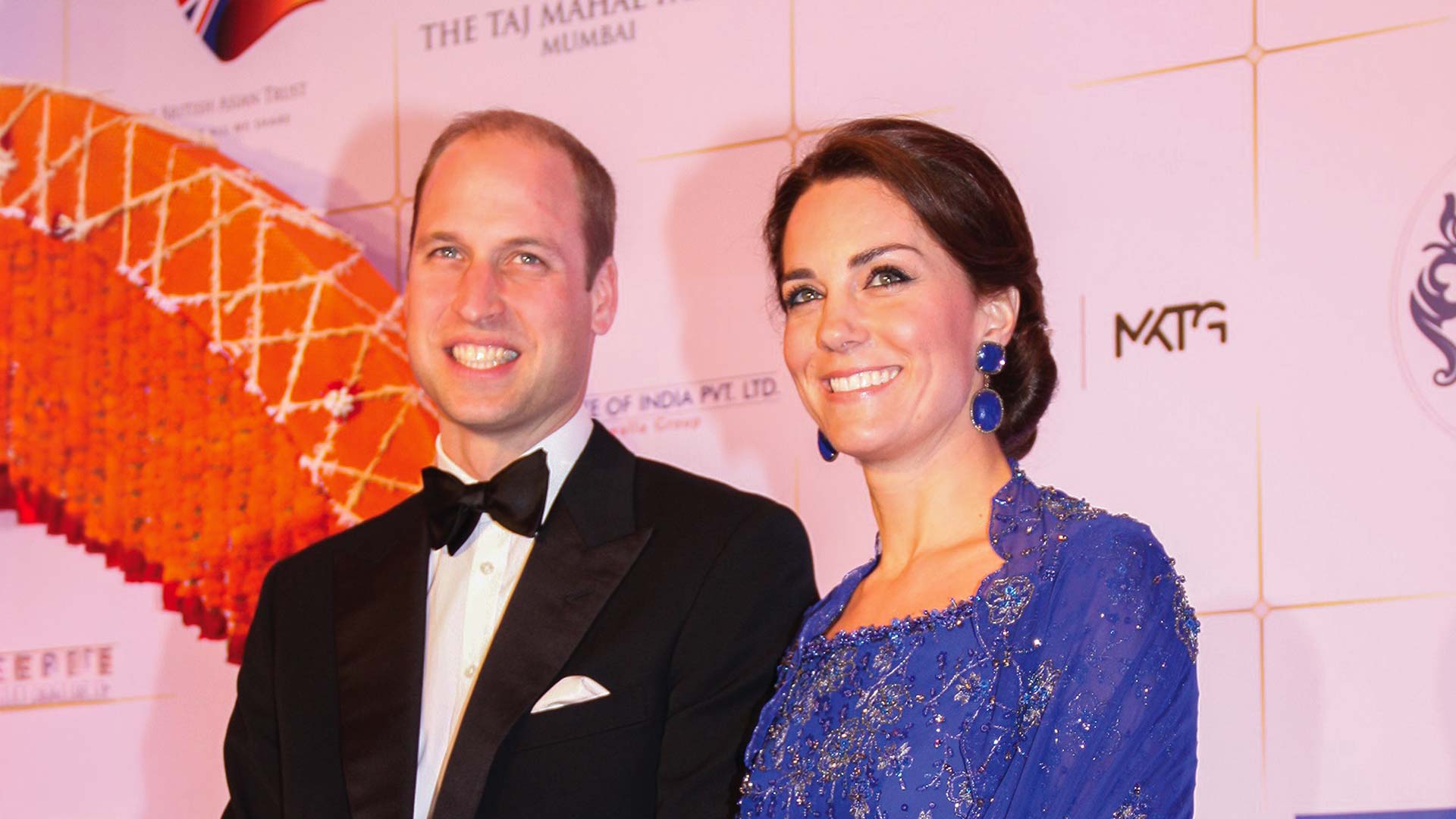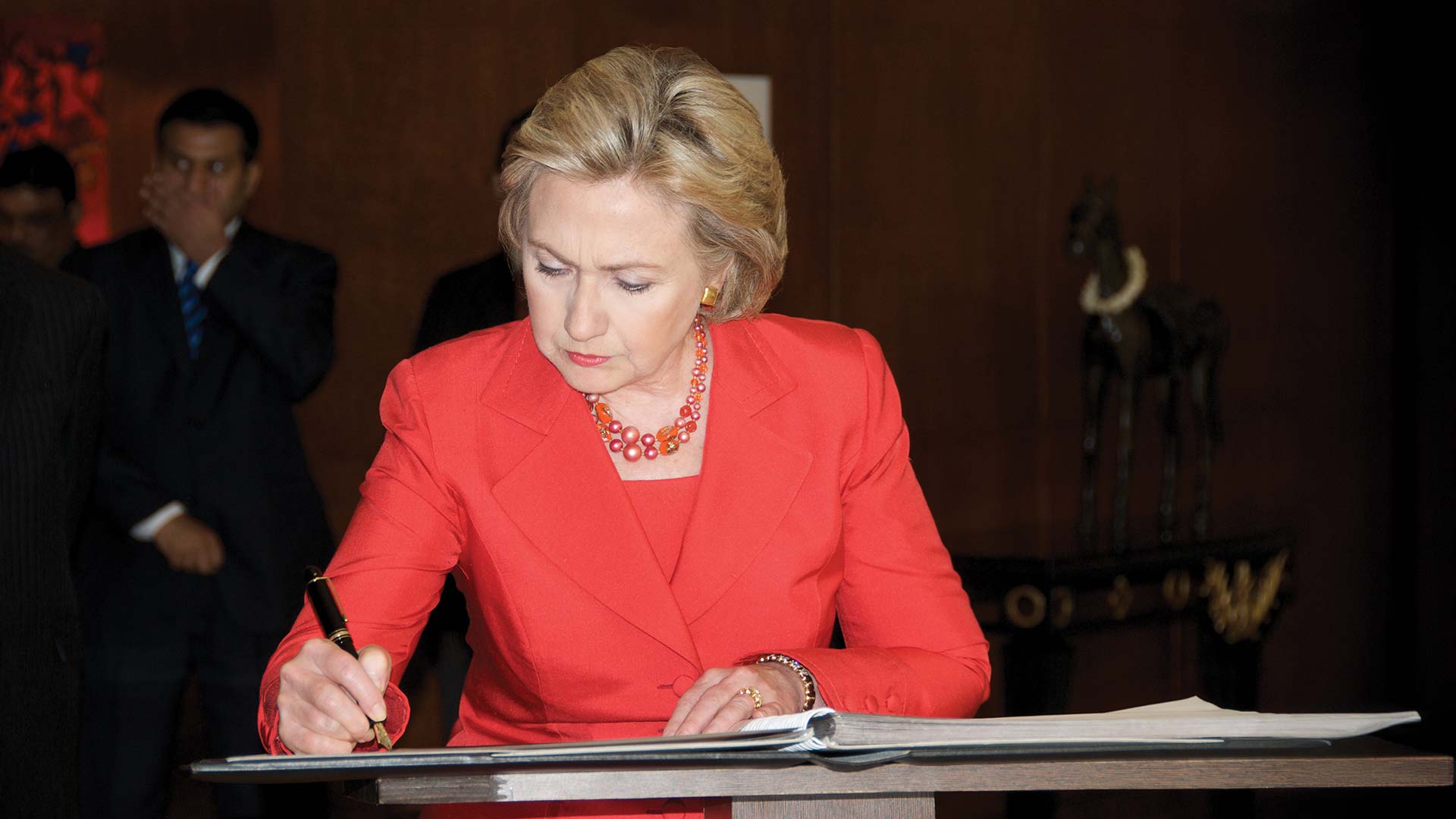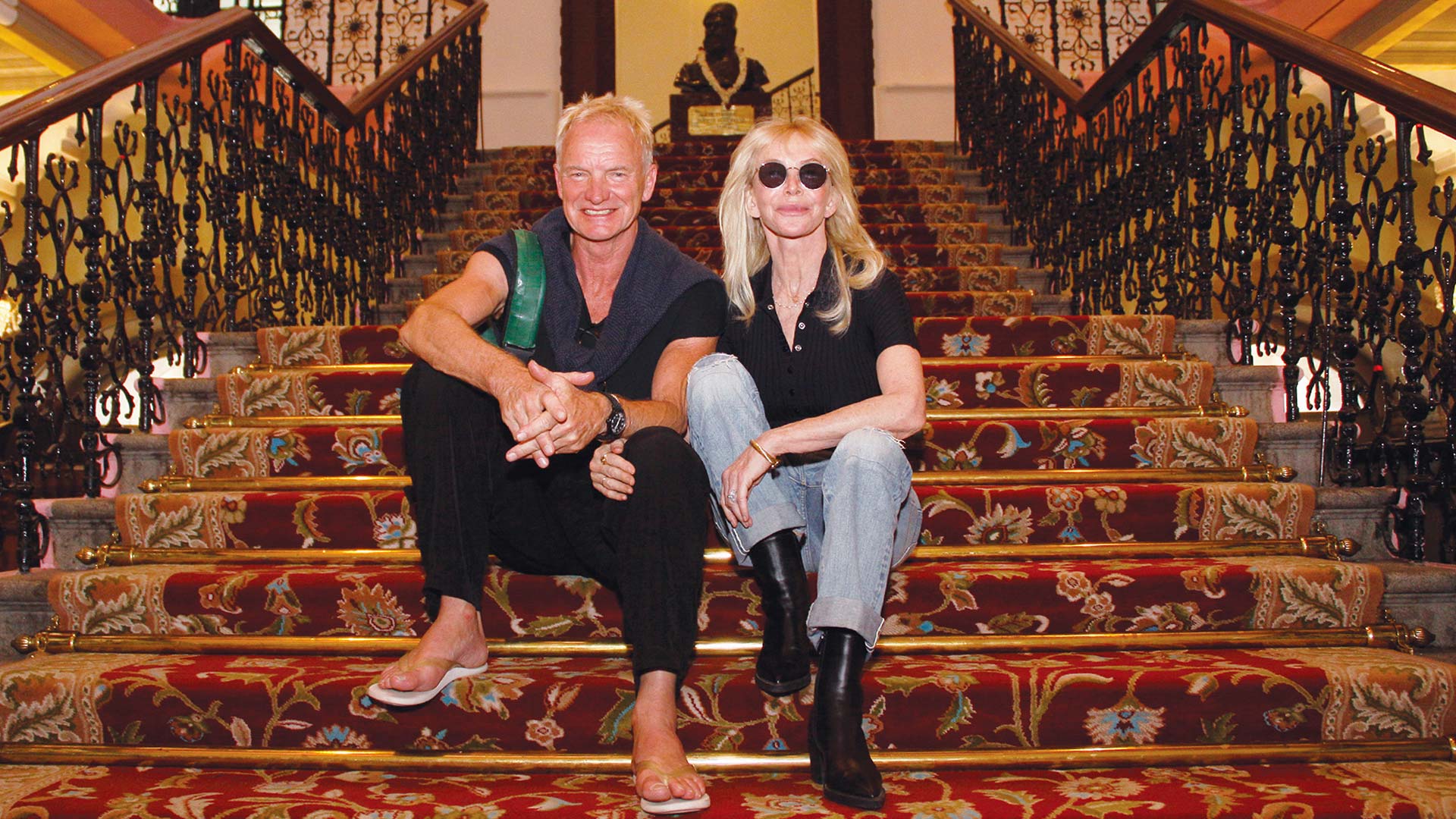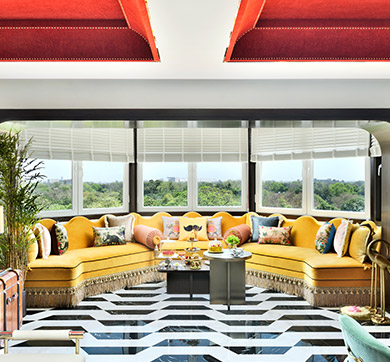June 2024 | 1810 words | 7-minute read
For more than 120 years, The Taj Mahal Palace, Mumbai has stood steadfast and proud, a beacon adorning the city’s centuries-old harbour, older than the Gateway of India, its own history unfolding in concert with a city that has blossomed into the bustling metropolis that Mumbai is today.
The ‘diamond by the sea’ has remained an enduring symbol of the city — in the words of Charles Allen and Sharada Dwivedi in The Taj at Apollo Bunder, “But the Taj is more than a hotel and a landmark. If that other Taj Mahal … can be said to represent the glories of the Mughals, so Mumbai’s Taj stands for just those qualities that have made this city remarkable. In its founder, its ethics, its pioneering of new ideas, its role as a trysting-place for lovers and film-stars, maharajas and nawabs, businessmen and politicians alike, in its very location as a landmark and as a witness to momentous events, the Taj epitomises the spirit of the Bombay of yesterday and Mumbai today.”
The first sight for ships calling at Bombay Port, The Taj Mahal Palace, Mumbai, with its 240-feet high red Florentine dome — a striking part of Mumbai’s skyline — is the first luxury hotel of its kind in India, standing tall, a silent, steady witness to the march of history.
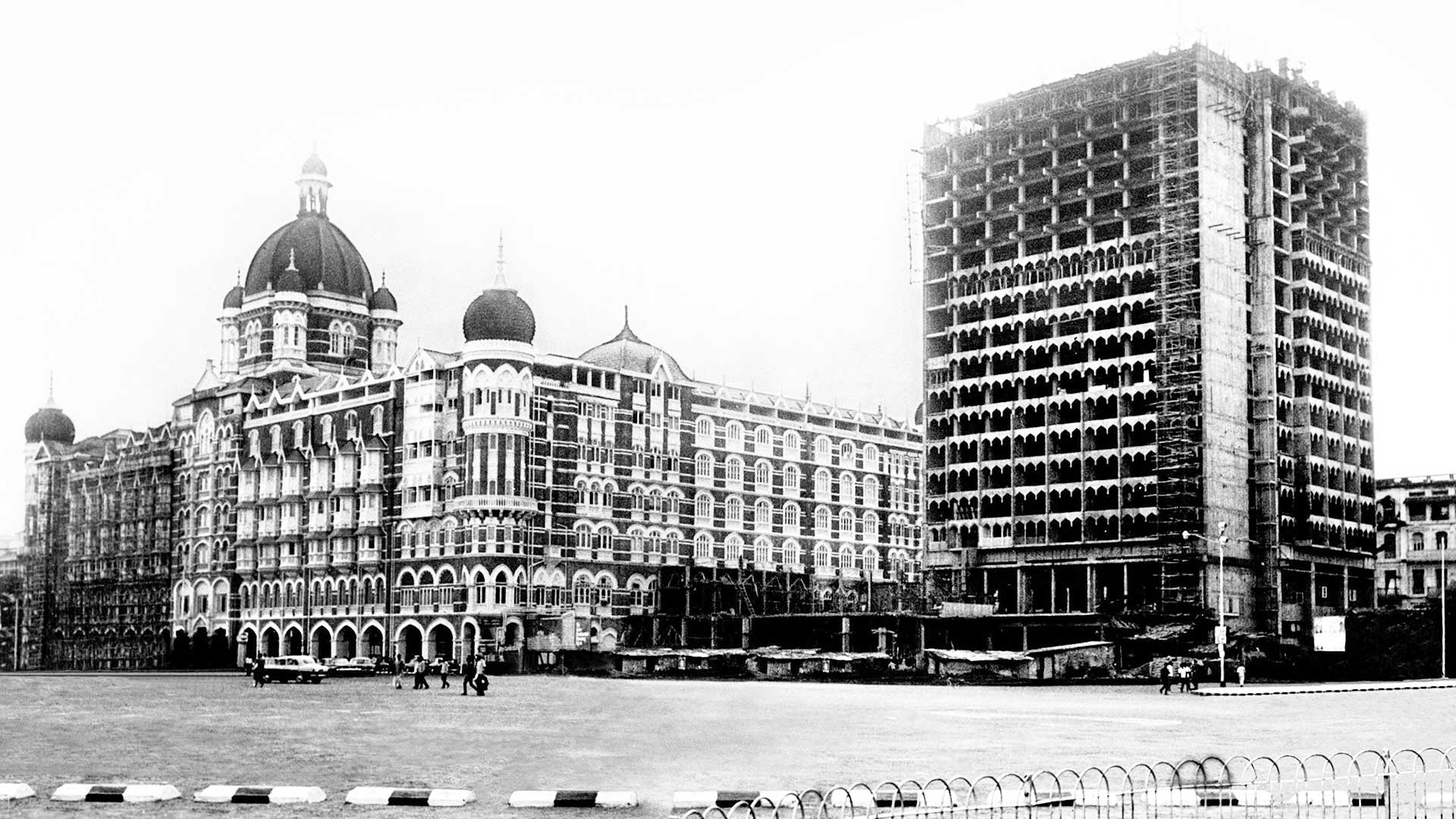
The finest of them all
An exemplar of the enterprising nature underpinning the inimitable spirit of the city and of the visionary Founder of the Tata group, Jamsetji Tata, The Taj, as it is popularly known, was a tribute to his beloved city. Travelling extensively abroad, it became apparent to Jamsetji that Bombay fell woefully short in offering its guests world-class hospitality. Undeterred by the financial risk, Jamsetji acquired two-and-a-quarter acres of land by the Arabian Sea and began his ambitious plan to build for India a hotel that was “second to none, East of the Suez”.
From paying a princely sum to the hotel’s principal architect and builder to scouring New York, London, Paris, Düsseldorf and Berlin, and securing the most modern equipment, such as an electric plant to power the lights and lifts and a backup system for power failures, Jamsetji left no stone unturned, steadily breathing life into his audacious dream. In 1902, the Indian Hotels Company Ltd (IHCL) — the parent organisation of The Taj Mahal Palace, Mumbai — was incorporated. On December 16, 1903, as the first guests stepped inside the hotel, that distinct quality of Tajness was born — quintessential Indian hospitality, unparalleled luxury and world-class service.
The Taj chronicles
Over the years, The Taj began to assume the identity that its Founder had envisioned for it, one that would steadily weave itself into the social and cultural fabric of the city and country. A preferred venue for celebrations, weddings at the neighbouring Afghan Church were usually followed by receptions at The Taj. A fellow reveller during the good times, the hotel was also a staunch ally of the city during the bad; it was converted into a temporary military hospital by the Indian Army in 1916 during World War I.
Still, ever the gracious host, ready to let the good times roll, from the swinging tunes of the Jazz Age to the city’s first introduction to the tango, and the treasure trove of artwork it has collected and displayed over the years, The Taj has been at the centre of culture in the city.
At other times, The Taj has served as the backdrop for politically-minded Indians and Englishmen to exchange ideas during the Indian freedom movement. Notable among them was Mahatma Gandhi, who secretly attended and spoke at a private dinner hosted by the Young Europeans in 1931.
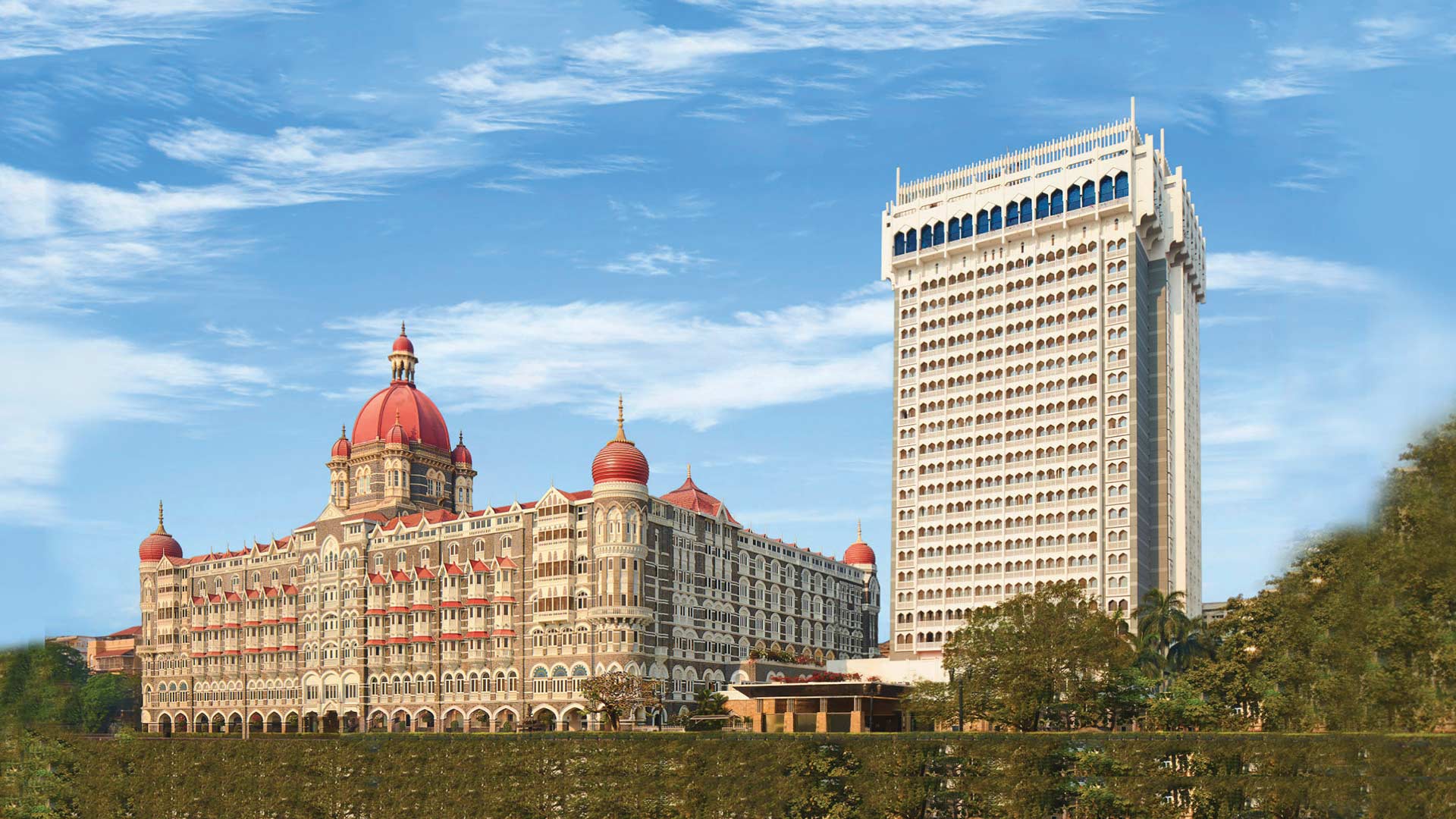
Redefining hospitality
Over 120 years after it made “a resplendent debut”, as described by The New York Times, The Taj has continued its pursuit of excellence, crafting a unique blend of tradition and modernity — its latest achievement is becoming a 100% green hotel. The hotel has catapulted Indian hospitality onto the global stage. It has been instrumental in creating the iconic brand — Taj — and the global hospitality chain IHCL, which, today, has a diversified portfolio of 300 hotels spread across 130+ locations, in 13 countries and four continents. The Taj brand’s unwavering commitment to providing an exceptional experience is one of the reasons it has been ranked as India’s Strongest Brand in Brand Finance’s India 100 2022 and 2023 reports.
For its valued patrons, The Taj Mahal Palace, Mumbai is not just any landmark. Contained within its walls are those priceless moments from our collective memory that constitute and celebrate the rich tapestry of the times.
A matchless monTaj

The birth of a nation
In an era of rising momentum for the Indian freedom movement, eminent political leaders such as Mahatma Gandhi, Pandit Jawaharlal Nehru, Mohammed Ali Jinnah, Sarojini Naidu and Subhas Chandra Bose attended meetings at The Taj, their fearless voices echoing through its corridors. The Taj even brokered peace between the Indian National Congress and the All-India Muslim League when a seminal meeting took place on its premises on January 1, 1916. The result? Adopting a common goal of self-governance for India.

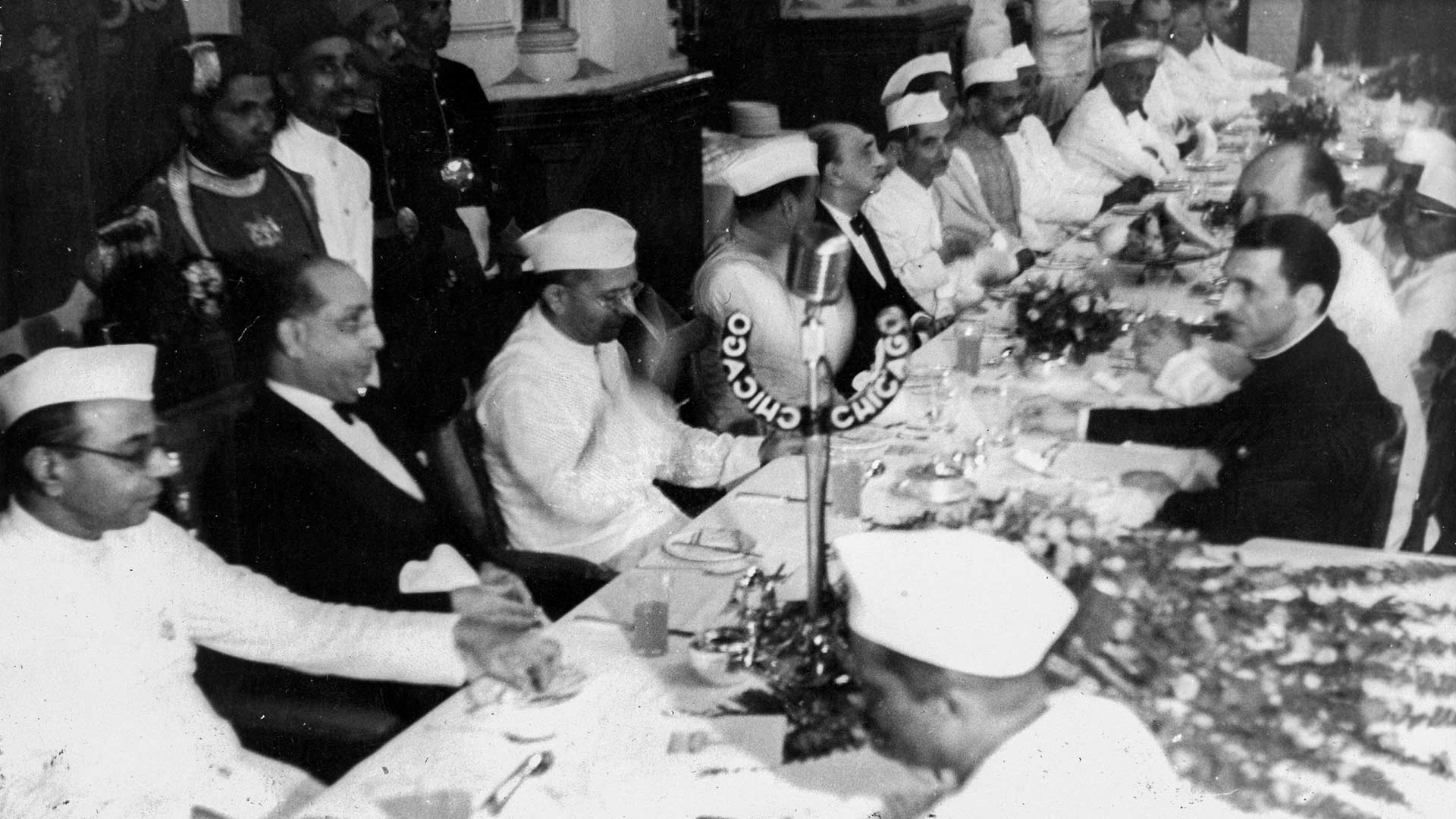
All that jazz
Entertainment has always been in abundant supply at The Taj, with the hotel pulling out all stops to dazzle its guests. The Ballroom witnessed the city’s first fashion show by legendary French designer Pierre Cardin. Swing bands from New York, American violinist Leon Abbey, troupes from the Moulin Rouge and Goan Jazz bands are just some of the acts that enthralled audiences in a setting that buzzes with energy and excitement.


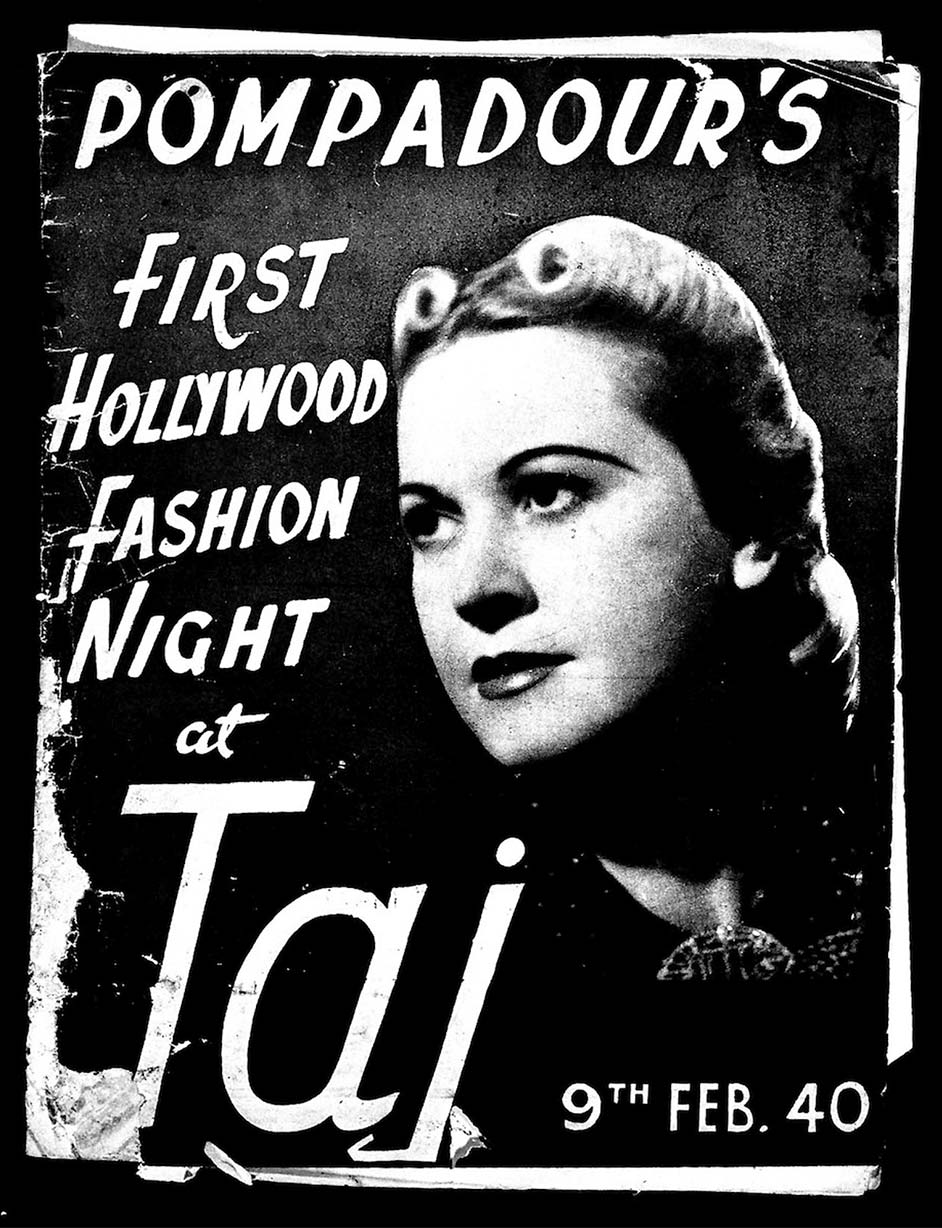
A jewel adorning the harbour
The striking edifice of the hotel is a fusion of different architectural styles — from Moorish and Florentine Renaissance to Oriental and Rajput. Indian design elements like Tanjore pillars from the south and arched balconies from Rajasthan adorn the hotel. While the younger tower wing artfully blends contemporary European and Indian styles, the old palace wing is suffused with old-world charm and splendour, interwoven with modern comforts. Alabaster ceilings, Belgian crystal chandeliers, onyx columns, plush hand-woven silk rugs, and pillars made from the same steel as the Eiffel Tower add a touch of the classical to the interiors of the hotel.

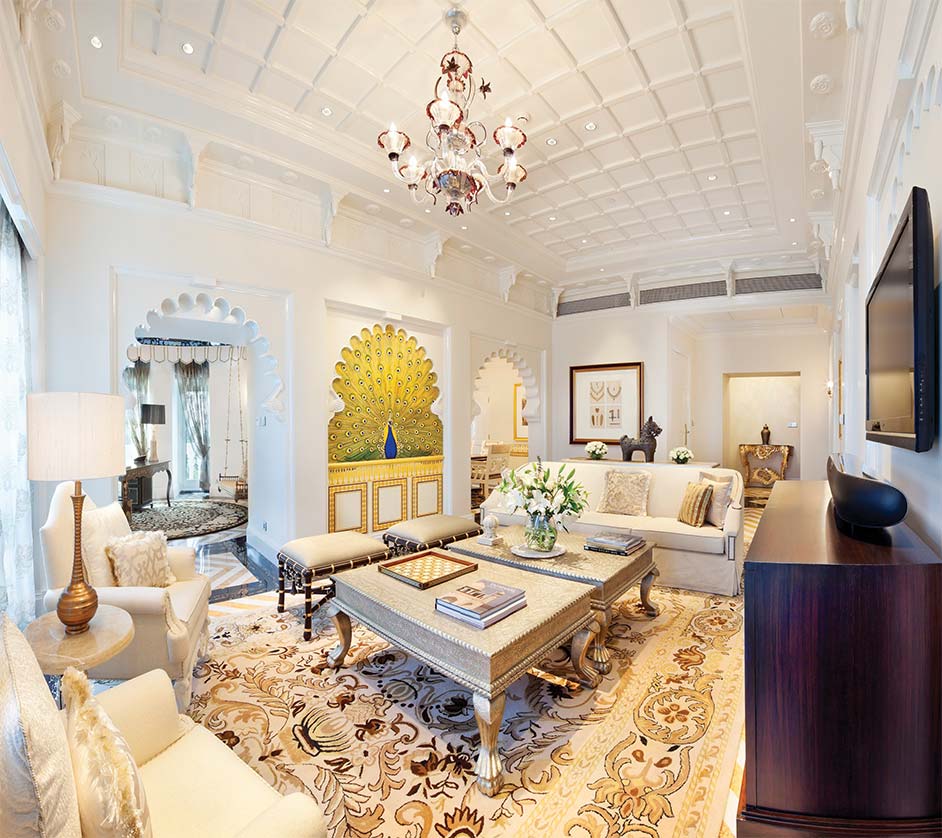
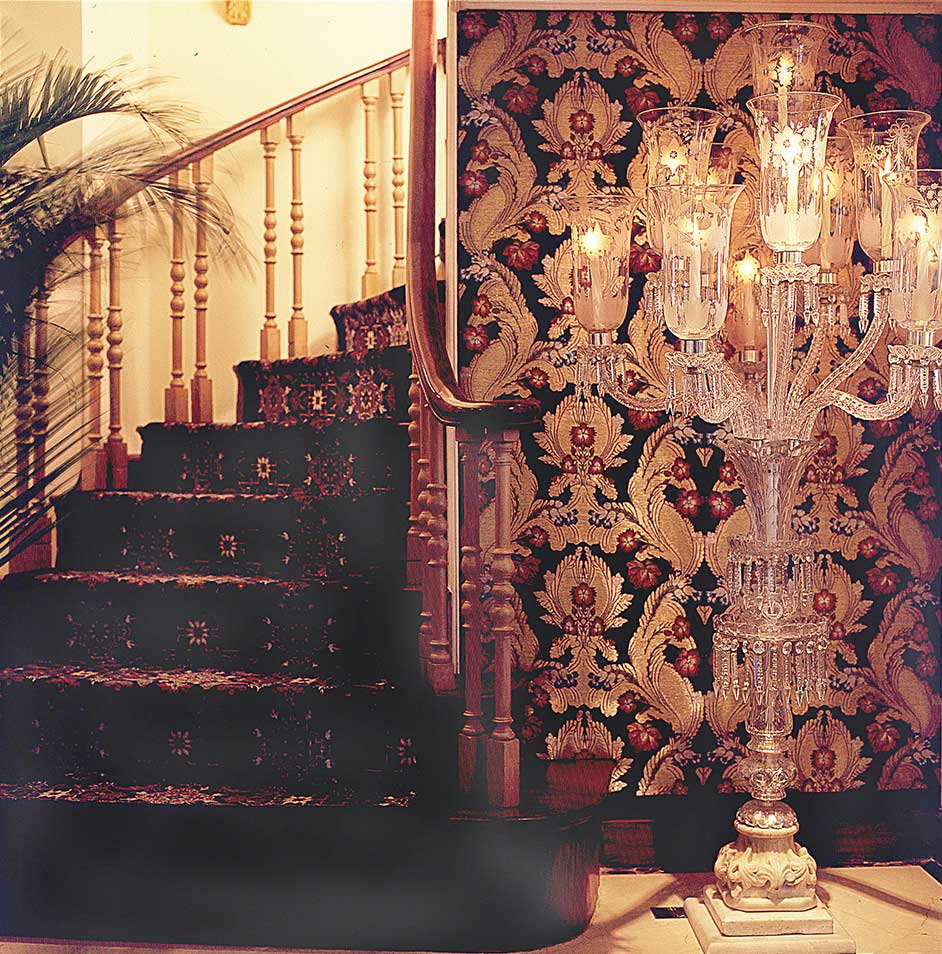
A gastronomic delight
The Taj can rightfully take credit for introducing the Indian palate to global cuisine. From the first authentic Japanese restaurant in India, Wasabi by Marimoto, to the first 24/7 coffee shop, Shamiana, to pioneering fine dining with The Zodiac Grill, eating at The Taj is always an experience. Its first celebrity chef, Miguel ‘Masci’ Mascarenhas, went from peeling potatoes and cleaning meat to turning cooking into an art in the ’50s and ’60s.
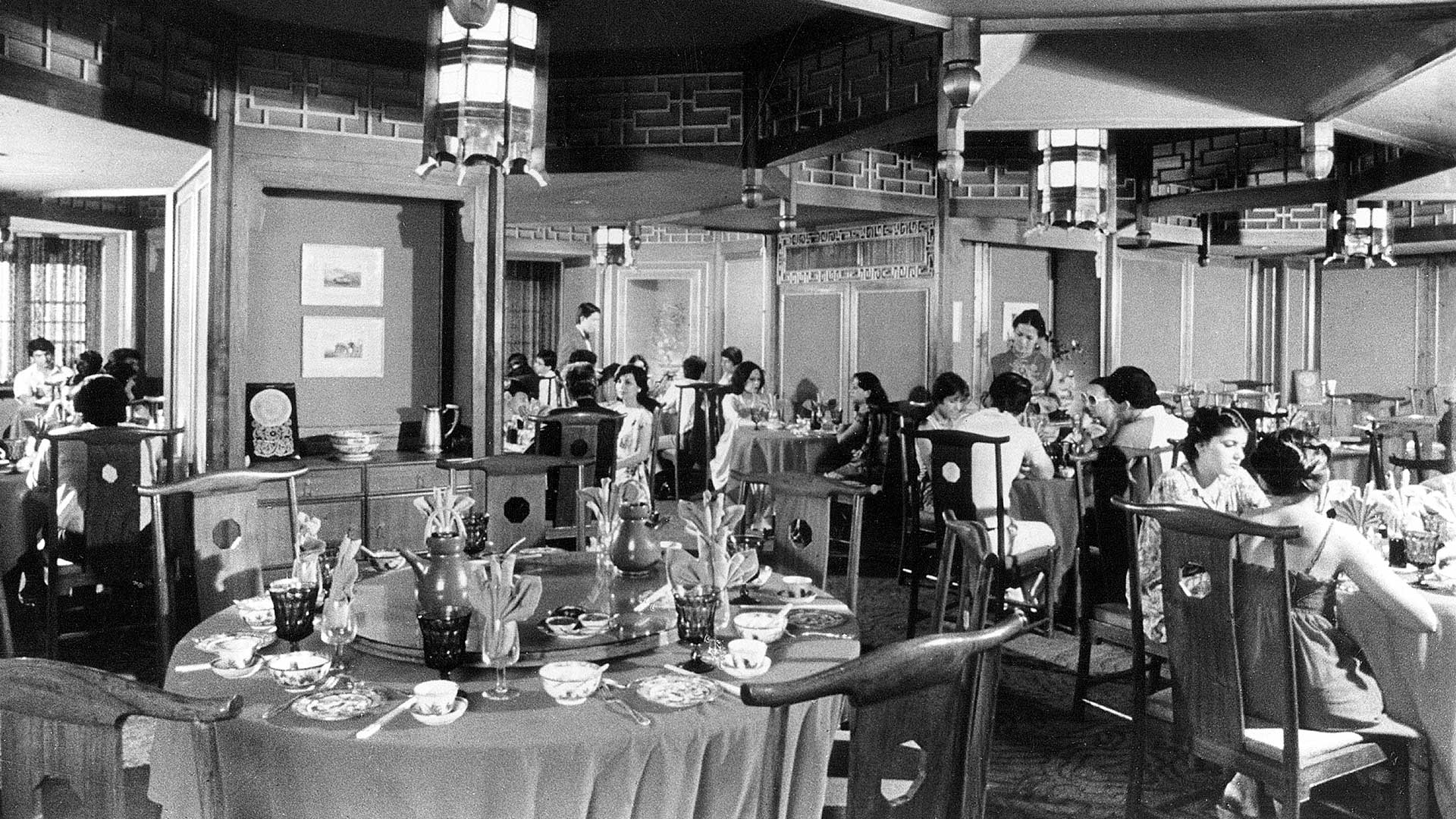
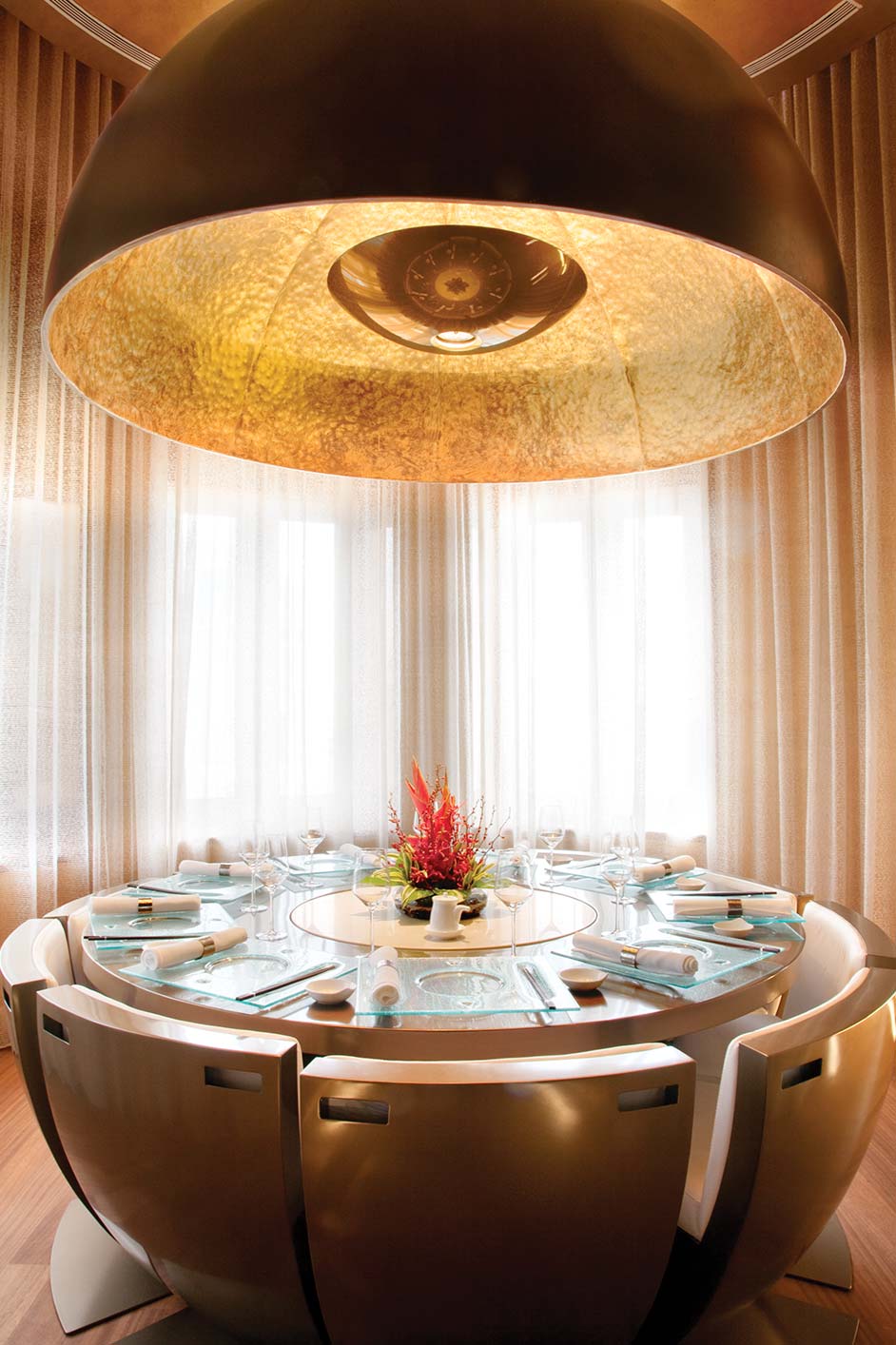
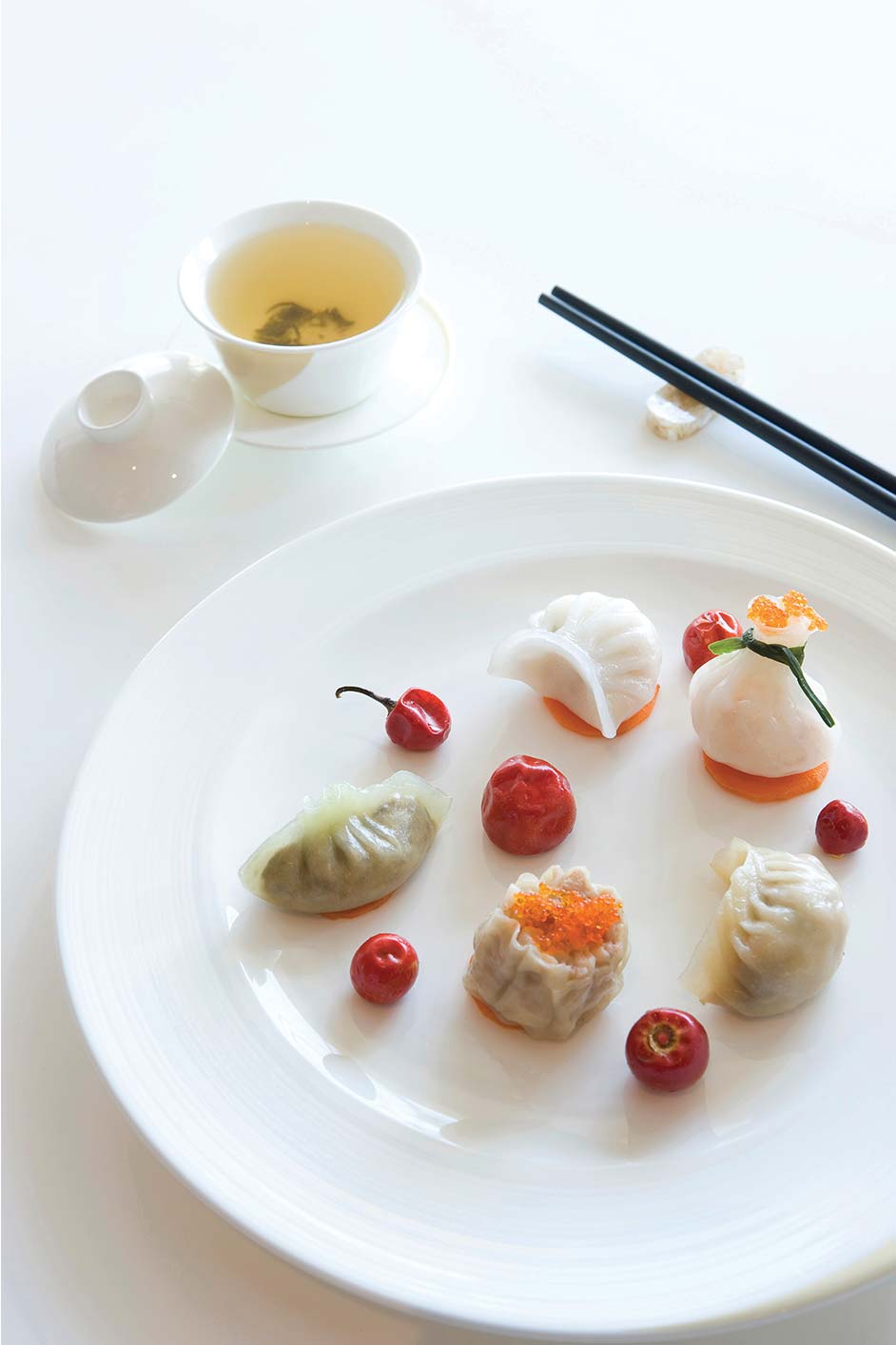
For the love of art
A hotel that often feels like a rich cultural museum, The Taj houses more than 4,000 pieces of art within its walls. The collection is a medley of precious sculptures, tapestries, artifacts, and paintings by some of India’s most legendary names, including MF Husain, SH Raza, Jamini Roy, Amrita Sher-Gil, Jehangir Sabavala, KH Ara and VS Gaitonde. The practice of acquiring art goes back to The Taj’s very beginnings, with a flurry of activity in the 1960s and 1970s, when Rodabeh Sawhney, JRD Tata’s sister, was leading the acquisitions. Home to many artists over the years, the lobby features MF Husain’s Three Stanzas for the Millennium, which he painted when he was the artist-in-residence at The Taj.


View the slideshow below to see the celebrities who have visited the Taj.
—Sharmistha Choudhury




